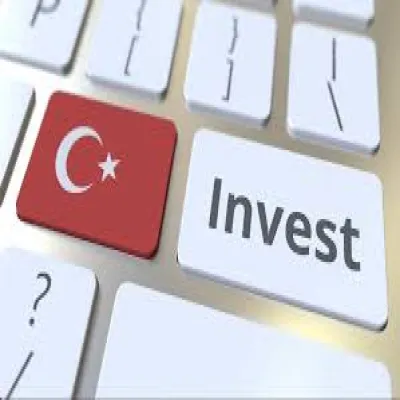Over the last 100 years, Istanbul has undergone a remarkable transformation, evolving from a city with deep historical roots into a modern metropolis that serves as a vibrant cultural and economic hub. This journey of development reflects Istanbul's unique position as a city straddling two continents and embracing a mixture of traditions and innovations.
Here, we delve into the key milestones that have marked the rise and development of Istanbul over the last century, highlighting its transformation into a global powerhouse.
Early 20th Century: Foundations of Modernization
• Post-Ottoman Transition:
At the dawn of the 20th century, Istanbul was transitioning from the heart of the Ottoman Empire to the emerging center of the newly established Republic of Turkey. The shift from empire to republic initiated a period of modernization that set the stage for Istanbul's future growth.
• Urban Planning Initiatives:
As the capital moved to Ankara, Istanbul began focusing on urban development to redefine itself as Turkey's cultural and economic epicenter. Early initiatives included expanding infrastructure, improving transport networks, and establishing new public institutions, fostering a modern yet historic cityscape.
Mid-20th Century: Expansion and Industrial Growth
• Population Boom:
The mid-1900s marked a significant population increase as people migrated to Istanbul in search of opportunities. The city responded with the expansion of residential areas and the development of new neighborhoods to accommodate the growing populace.
• Industrialization:
This period saw the rise of industrial zones, particularly in regions like Levent and Maslak, fueling economic growth and drawing investment. The increase in factories and business centers cemented Istanbul's role as an industrial and financial hub.
Late 20th Century: Infrastructure and Cultural Renaissance
• Transport Revolution:
Major infrastructural projects, including the construction of bridges across the Bosphorus, revolutionized Istanbul's connectivity. The Bosphorus Bridge (1973) and later the Fatih Sultan Mehmet Bridge (1988) eased transit across continents, integrating the city's Asian and European sides.
• Cultural Revival:
Initiatives to protect and restore Istanbul's historical sites gained momentum, with places like Sultanahmet and Beyoğlu becoming focal points for tourism. The rejuvenation of cultural landmarks coupled with the rise of art galleries and cultural festivals revitalized the city's global cultural presence.
21st Century: Modern Metropolis and Global Influence
• Rapid Urbanization:
As Istanbul continued to grow, the city witnessed a surge in construction projects. Skyscrapers, shopping malls, and residential developments have reshaped the skyline, seen in areas like Zeytinburnu and Atasehir.
• Economic Powerhouse:
Today, Istanbul is Turkey's financial center, hosting regional headquarters of multinational companies and being home to major conferences and international events. The city leverages its strategic location to facilitate trade and commerce between Europe, Asia, and the Middle East.
• Cultural Melting Pot:
Istanbul remains a magnet for tourists and immigrants, enriching its diverse cultural tapestry. The city's blend of old and new is reflected in its culinary scene, arts, and vibrant neighborhoods, each offering unique experiences.
Future Prospects: Sustainable Growth and Innovation
Looking ahead, Istanbul is poised to maintain its upward trajectory through sustainable development and innovative projects.
• Smart City Initiatives:
Embracing technology, Istanbul is investing in smart city solutions to improve urban living. Projects include enhancing public transportation, implementing green building standards, and leveraging data for efficient city management.
• Global Connectivity:
The new Istanbul Airport, one of the world's largest, exemplifies the city's commitment to enhancing global connectivity. As a growing travel hub, it signals Istanbul's continued importance on the world stage.
Conclusion: A Century of Evolution
The rise and development of Istanbul over the last 100 years illustrate a dynamic journey of transformation and resilience. From its historical roots to its current status as a modern, multi-faceted metropolis, Istanbul continues to captivate the world with its ability to seamlessly integrate its rich past with future aspirations. As it moves forward, the city stands ready to embrace new challenges and opportunities, reinforcing its position as a pivotal global city.















